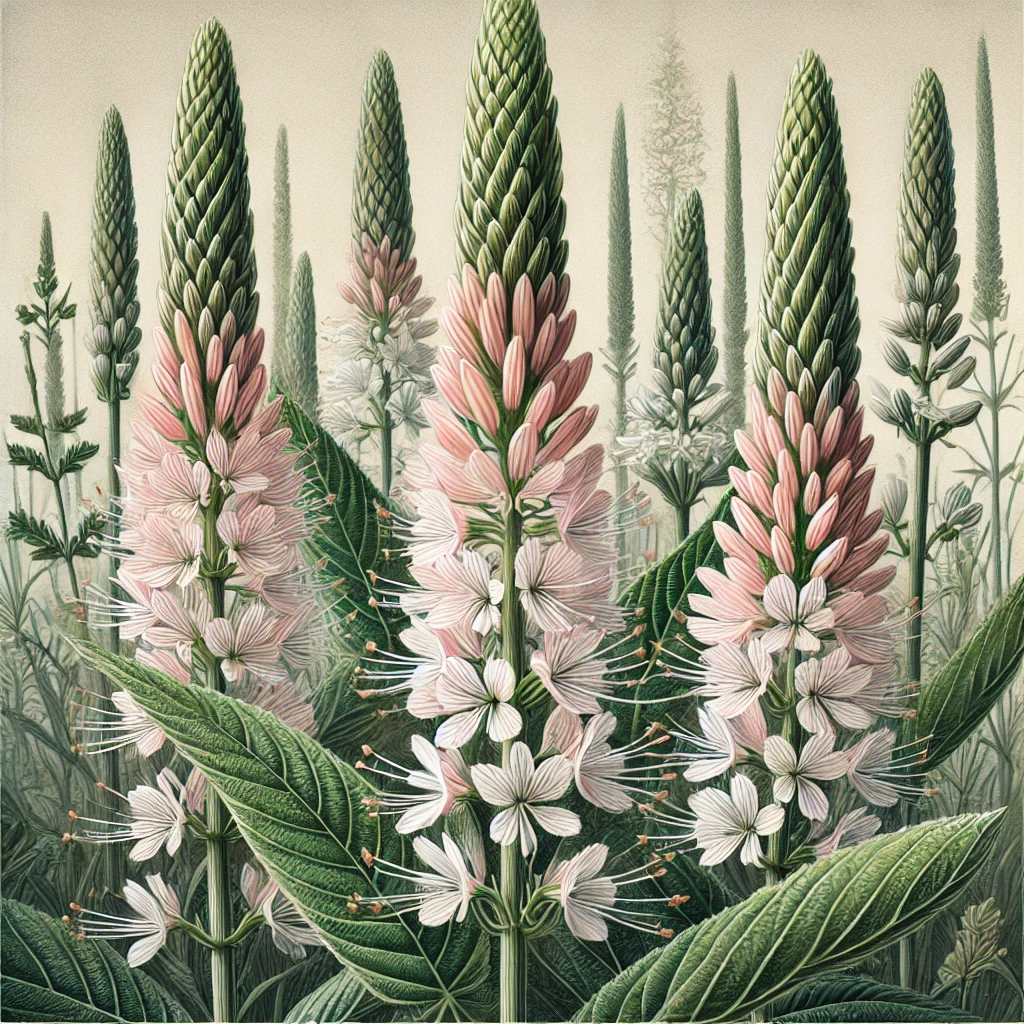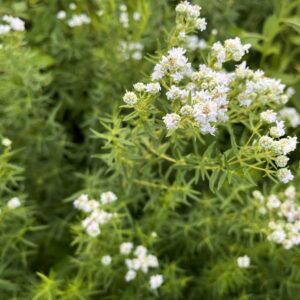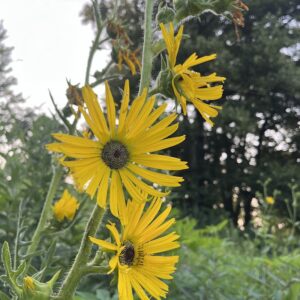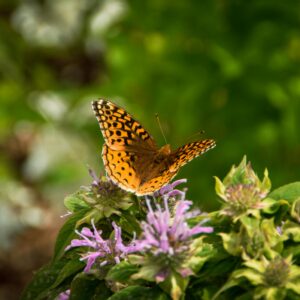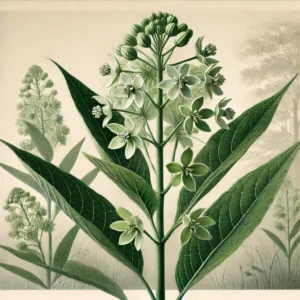Culver’s Root (Veronicastrum virginicum) is a perennial plant native to North America, valued for its striking flower spikes and adaptability in gardens. Culver’s Root is a versatile and striking plant that adds both beauty and structure to garden landscapes while supporting local wildlife. Its elegant flower spikes and adaptable nature make it a popular choice for a range of garden settings.
Appearance:
Height: Typically grows 3 to 5 feet tall, though it can occasionally reach up to 6 feet.
Leaves: The leaves are lance-shaped and arranged in whorls around the stem. They are usually dark green and can turn yellow in the fall.
Flowers: Produces tall, narrow spikes of small, tubular white or pale lavender flowers. Each flower spike can reach up to 18 inches long and is densely packed with flowers.
Stems: Erect and unbranched, often with a sturdy, upright growth habit.
Habitat:
Range: Native to the eastern and central United States and Canada.
Soil: Prefers rich, well-drained soils but is adaptable to a range of soil types. It thrives in loamy soils but can tolerate clayey or sandy soils as long as they are well-drained.
Climate: Thrives in temperate climates with full sun to partial shade. It’s relatively tolerant of heat and humidity.
Ecological Role:
Pollinators: Attracts pollinators like bees and butterflies, making it a valuable addition to pollinator gardens.
Wildlife: Provides habitat and food for various insects and birds.
Uses:
Landscaping: Often used in garden beds and borders for its architectural, vertical flower spikes and its ability to add height and structure. It works well in cottage gardens, prairie gardens, and as a backdrop in mixed borders.
Aesthetic: Its tall, elegant flower spikes make it a striking feature in summer gardens, and its foliage provides attractive green coverage throughout the growing season.
Medicinal: Traditional Uses: Historically, Culver’s Root has been used in traditional medicine for its purported diuretic and digestive properties. It was named after a historical figure, Dr. Culver, who used the root in various remedies. Modern Herbalism: Though not widely used today, it has been noted for its potential medicinal benefits. Always consult with a healthcare provider before using any plant medicinally, as effectiveness and safety can vary.
Cultivation Tips:
Soil: Prefers rich, organic matter, well-drained soil. It can tolerate various soil types but does best in a balanced, loamy mix.
Light: Prefers full sun to partial shade. In hotter climates, some afternoon shade can help prevent leaf scorch.
Water: Regular watering is important, especially during dry periods. It likes consistent moisture but should not be waterlogged.
Maintenance: Generally low-maintenance. Deadhead spent flowers to encourage prolonged blooming and reduce self-seeding if necessary.
Considerations:
Size: Due to its height, it can be an effective vertical element in the garden but may need staking or support in very windy areas.
Propagation: Can be propagated by division in spring or fall, or by seed sown in late winter or early spring.

